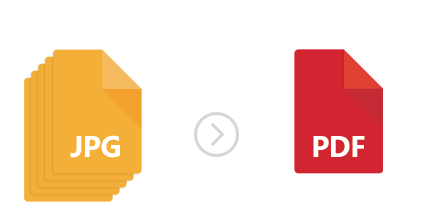
JPEG is the most widely used and popular format for image files. Most users prefer JPEGs because they don’t take too much space, they are compatible with most image viewers and you don’t need special applications or plug-ins to open them. In addition, they can be easily shared through Flickr, Picasa, Facebook and many other photo sharing websites.
However, JPEG files have a few drawbacks as well. For example, they provide a “lossy” compression of images, which means they “lose” a considerable amount of information used for coding your image. Simply put, this means you get a lower quality image after you upload them into sharing website. This is particularly problematic when you plan to print the JPEG, because you will notice it tends to look a lot different on paper than it did on screen.
Another disadvantage is that JPEGs don’t support a multi-page format and security features. In other words, you can only store one image in one file and you can’t deny other users to print or share your images. So in case you are a designer, a graphic artist or another type of advanced image editor, and you plan to build an electronic portfolio of your work, JPEG might not be the best solution for you. A quick and simple alternative, that will allow you to gather your images in a single and good quality image file, is to convert all JPEGs into a multi-page PDF.
Read more












